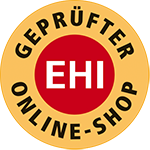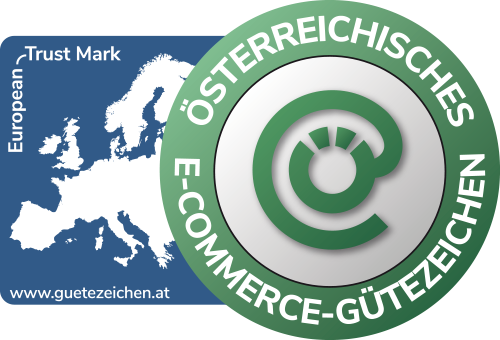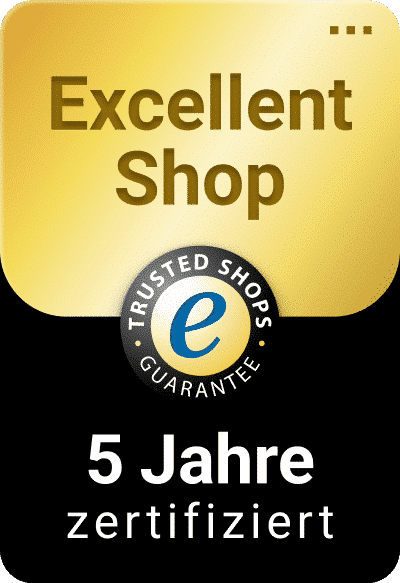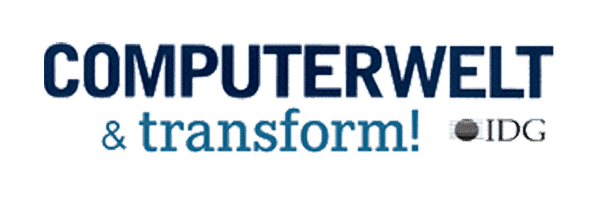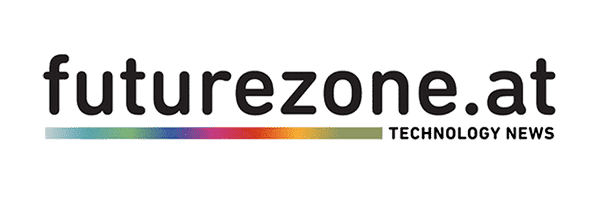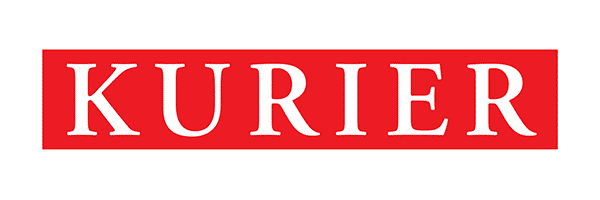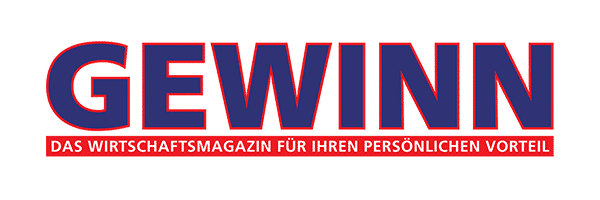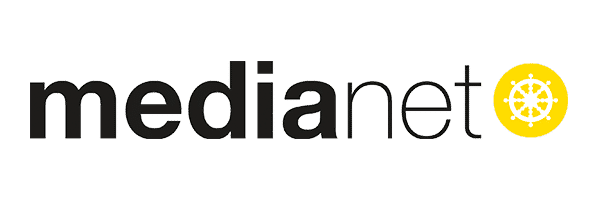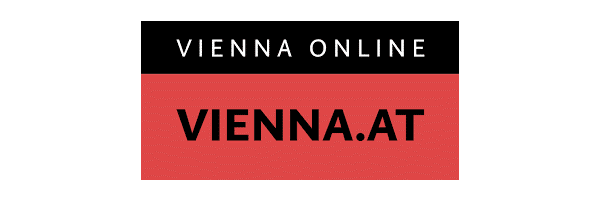What is a volume licence? What rights do I have with which licence? In our lexicon, we clarify terms relating to software and licences or licensing and introduce you to the various licensing procedures and programmes of Microsoft software products. A boxed product is software which has been delivered with a CD (i.e. physically). Can physical software be sold? Such software products can always be sold without problems. This is based on the so-called “principle of exhaustion”, which states that once a product has been placed in circulation, the manufacturer forfeits its right to it. This principle of exhaustion applies throughout Europe, as a result of which there is nothing in the way of EU-wide software trading. CAL stands for Client Access Licence and describes a special licensing form which can mainly be found at Microsoft. This means that in addition to the licences for server and client – i.e. the device – access licences are also required, which authorise the servers to accept client connections under licensing law. This means on the one hand that there are per-client licences which function based on devices. Each user of the relevant device has access to the server. On the other hand there are licences per user, which enable the user of any number of devices to access and use server services. The Windows 10 Continuum function optimises the operating system across devices. This means you can take your work station anywhere with you because a change from keyboard to tablet and touch inputs (for example with convertible notebooks) is no problem with Continuum. You or your employees can also connect a smartphone to the PC monitor at home without any problems by using Continuum For Phones. Contents on the smartphone are quite easily adapted to the desktop view. No more excuses for home office … Each company has confidential and highly-sensitive data which should not be leaked externally. Data Loss Prevention protects your company from potential leaking of such data. Microsoft has its own Data Loss Prevention tool for this purpose. This tool prevents an end user, i.e. employee, from sending pre-defined data to an external email address or public cloud storage service. The relevant data and files are defined based on rules and guidelines. Stricter governmental and global regulations on data protection and access security now force companies to include DLP in their existing security programmes. Downgrade rights provide you with the option of using earlier versions of a software. So if you want to use Office 2010 instead of Office 2013, you can do so. However, edition changes, such as using Microsoft Windows Home & Student instead of Professional, are not possible. ESD – Electronic Software Distribution describes software products that are only distributed electronically (email). Only the product key and a link to the software download are usually provided. Please take care when buying ESD – there are currently many providers of counterfeit software or software not authorised for the European market. A Full Packaged Product is software for purchase intended for retail trading, available in a retail store in a box or similar packaging, e.g. Microsoft Office Home and Business. The Microsoft Enterprise Agreement is the Microsoft licence programme for large enterprises, starting from 500 employees. There is freedom of choice about whether software is bought in the traditional licence package or licensed through the Microsoft Cloud Service. A single contract for the entire company simplifies licence management. Microsoft licensing terms explain the rights of use for OEM, system builder and FPP products. They are very important, since they define, for example, re-imaging rights, downgrade rights and various other terms of use. The earlier designation of licensing terms was Microsoft EULA, the abbreviation for End User Licence Agreement. The Microsoft Open Licence programme is suitable for small and medium-sized enterprises. “Open Licence”, “Open Value”, “Open Value Company-Wide” and “Open Value Subscription” are offered here. Microsoft Open Licence is available for enterprises, starting from five devices and licences. Microsoft Product Terms explain the rights of use for Microsoft volume licences. This is the English name for Microsoft licensing terms. They are very important, since they define, for example, re-imaging rights, downgrade rights and various other terms of use. You can download them for your product in the desired language. Microsoft Product Terms also used to be referred to as Product Use Rights. Select Plus was the original Microsoft licensing programme for medium-sized and large enterprises. It is now only offered for public institutions, government and authorities. The follow-up programme to Select Plus for companies is Microsoft Enterprise. Software sold not in a box, but as a download licence. Volume licences are mostly intended for companies, given that a product key is used for the purchased number of licences. Volume licences usually have considerably extended rights of use, e.g. the right to virtualise, downgrade rights, home use rights or re-imaging. Volume licences can also be bought and sold, and there is a relevant ECJ judgment here, clarifying the legal situation for used software. For more information on, see Microsoft licence models. OEM stands for Original Equipment Manufacturer. These are software products which are sold bundled with hardware, usually Windows Home or Pro, or Office Home and Business or Professional. The term re-imaging allows for a standard image and a product key to be used for the installation of mixed software products. This right only exists for Microsoft volume licences. Requirements for re-imaging: the same product (e.g. Windows 10 Pro) must be installed in the same language (e.g. German) with the same product components (different Office Suites, for example, may not be mixed). Re-imaging for Microsoft Operating Systems is particularly interesting, given that the re-imaging right usually exists for OEM licences. High licence costs can therefore be saved – contact our team in this regard. System builder licences are generally software products acquired by smaller OEMs from authorised OEM distributors. They are characterised not having an OEM manufacturer’s label. They work very well as “qualifying operating systems” for Microsoft volume contracts or for the use of software in schools and for the public sector. With the right to virtualisation it is possible to set up virtual desktops to access the same interface and the same system using different devices. This means you will save server and operating costs and can centralise your IT infrastructure and improve the planning or use of resources at full capacity. Virtualisation is usually only possible with Microsoft volume licences The VLSC, or Volume Licensing Service Center, is a Microsoft platform on which newly purchased Microsoft volume licences can be administered and installation files downloaded. 
Explanation of Microsoft Licences & Licensing
B
C
D
E
F
M
O
R
S
V
Interested in buying or selling software for your business?
Reporting on Software ReUse
